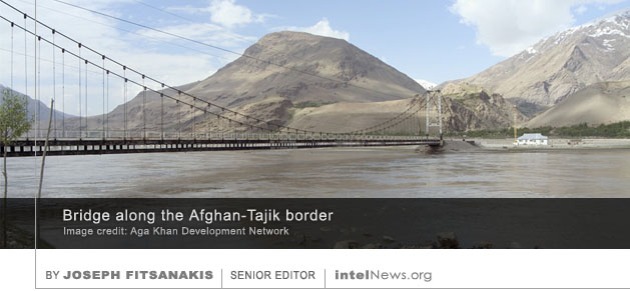
Russia is preparing to carry out an extensive search for a nuclear-powered missile that went missing during a test several months ago, according to American intelligence sources. The missing missile appears to be part of a new Russian-made weapon system that President Vladimir Putin boasted about earlier this year. During his annual state-of-the-union speech in Moscow on March 1, Putin said that Russia had developed a new type of nuclear-powered missile with a virtually unlimited range. This new type of weapon, said the Russian president, could fly indefinitely and thus deliver nuclear warheads to any target around the world. Additionally, the new system was designed in such a way that it could evade every known missile defense system and was thus “invulnerable to interception”, he claimed.
According to observers, the recently announced Russian weapon has been in development for more than 15 years. It is based on gasoline-powered engines that are used during the missile’s takeoff. But soon afterwards, they give way to a nuclear-powered engine that guides the missile to its eventual destination. However, despite Putin’s claims, the weapon has never been successfully tested according to American intelligence sources. The Americans claim that the Russian military tested these missiles at least four times between November of 2017 and February of this year, and that all four missiles crashed long before they reached their intended destination. The idea of indefinite flight, therefore, which Putin boasted about earlier this year, remains unrealized, according to American sources. Moscow, however, denies that the missiles crashed during the testing stage.
Now the American news network CNBC has said that Russia is preparing to launch a large-scale search operation for one of the nuclear-powered missiles that went missing in the Arctic Ocean in November of 2017. It is believed that the missile crashed in the Barents Sea, a vast expanse of water located off the northern coasts of Russia and Norway. Citing anonymous individuals “with direct knowledge of a US intelligence report” on the subject, CNBC said on Tuesday that the Russian search mission will consist of three vessels, at least one of which will be specially equipped to handle radioactive material from the missing missile’s nuclear core. The American news network said that the Russian search mission has no definite timeline. The Russian government has not commented on CNBC’s allegations.



